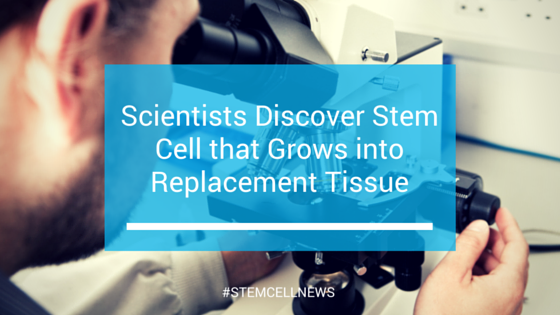
Researchers from University College Cork (UCC) have discovered a stem cell in rodents that can be used to grow certain types of tissue. They have already managed to grow replacement blood vessels in a laboratory that are viable for transplantation.
The scientists have also discovered a stem cell in humans that acts in the similar way and could be used to grow human blood vessels in a laboratory. Researchers believe the stem cell could be used to grow other human tissue including bladder tissue and esophagus tissue.
Professor Noel Caplice, director of the centre for research in vascular biology at University College Cork, suggests that trials of the human stem cell could begin within the next five years.
The newly discovered stem cell seems to grow without a limit — meaning they will simply continue creating new tissue until doctors want them to stop. By replacing a single gene the stem cell can also create smooth muscle tissue.
According to Prof Caplice, “Stem cell technology has involved a lot of hope and a lot of hype, but not much tissue or organs have been made outside the body.” That has now changed. Prof Caplice has also grown an aorta in mice, which is the largest blood vessel in rodents. It functioned normally and the rodent lived for many months.
It has been a long journey to find the stem cell, but once it was identified in rodents, researchers quickly discovered a similar stem cell in humans. Both stem cells can be reprogrammed to form smooth muscle tissue that can be used throughout the body.
A significant advantage gained by using stem cells to create blood vessels is that the blood vessel can be grown from a patient’s own cells — eliminating the risk of rejection. Being able to grow some of the patient’s own blood vessels will be very useful when performing heart bypass surgeries or heart transplants. It is a significant breakthrough that has massive potential.
Source: Scientists discover stem cell that grows into replacement tissue
{{cta(‘010124f3-c9bc-4a23-b9fc-74953e6288c9’)}}


